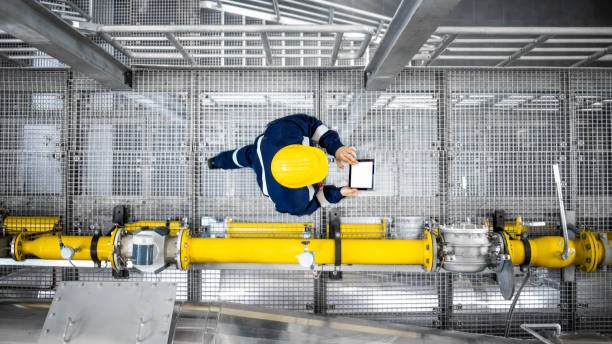At one of Asia’s largest integrated energy companies, refinery R&D teams evaluate hundreds of cru...
How Low-Field NMR Works and How Machine Learning Enhances Sample Characterization
How Low-Field NMR Works and How Machine Learning Enhances Sample Characterization

Understanding Low-Field NMR
Nuclear Magnetic Resonance (NMR) is a powerful analytical technique used to determine the molecular structure and composition of various substances. Low-field NMR refers to systems operating at lower magnetic field strengths, typically 60 MHz or less, compared to high-field NMR used in research laboratories.
Low-field NMR is less costly, compact, and easier to maintain, making it more suitable for industrial applications. The fundamental principle behind NMR involves the interaction between the nuclei of atoms, specifically those with non-zero magnetic moments (like hydrogen), and an external magnetic field.
When a sample is placed inside the magnetic field, the nuclei align either with or against the field. A radiofrequency pulse then perturbs this alignment, causing the nuclei to emit electromagnetic signals as they relax back to their original states. These signals are recorded and processed to generate an NMR spectrum, which provides information about the molecular environment of the sample.
For hydrocarbons, such as crude oil or refined products, NMR is highly valuable because it can non-destructively measure properties such as molecular composition and the relative abundance of different chemical species.
Benefits of Low-Field NMR
Low-field NMR offers several advantages for industries, particularly in the oil and gas sector:
- Cost-Effective: It eliminates the need for high-cost laboratory instruments and reduces operational costs.
- Non-Destructive: Unlike many traditional analytical methods, NMR does not damage the sample, enabling multiple measurements of the same sample.
- Portable and Practical: Low-field NMR instruments are compact, portable, and suitable for in-field applications.
- Efficient: The technique is fast, providing results within minutes, making it ideal for real-time monitoring of processes like crude oil refinement.
Machine Learning and Sample Characterization
Incorporating Machine Learning into low-field NMR significantly enhances its capabilities, especially for complex sample characterization. Machine Learning algorithms are designed to analyze large datasets and detect patterns that are often too complex for traditional methods.
Data Processing
Machine Learning models, such as Partial Least Squares (PLS) and convolutional neural networks (CNN), can be trained on NMR spectral data to recognize patterns and make predictions. For example, in the case of crude oil, these models can infer physical and chemical properties like density, viscosity, sulfur content, and the presence of heavy metal.
Real-Time Monitoring
Machine Learning enables real-time analysis of samples, allowing industries to monitor production processes efficiently. For example, in refining, AI can detect deviations in product quality or process efficiency based on the continuous NMR data, enabling operators to make timely adjustments.
Automation and Precision
By automating the interpretation of NMR spectra, Machine Learning reduces the need for specialized personnel, decreases the risk of human error, and improves the precision of the analysis. Models can provide detailed reports in as little as 10-15 minutes, compared to traditional lab analysis, which could take weeks.
Predictive Maintenance and Cost Reduction
AI models can predict equipment failures or process inefficiencies before they escalate, reducing downtime and operational costs.
Posted By: Andrea Zanda




